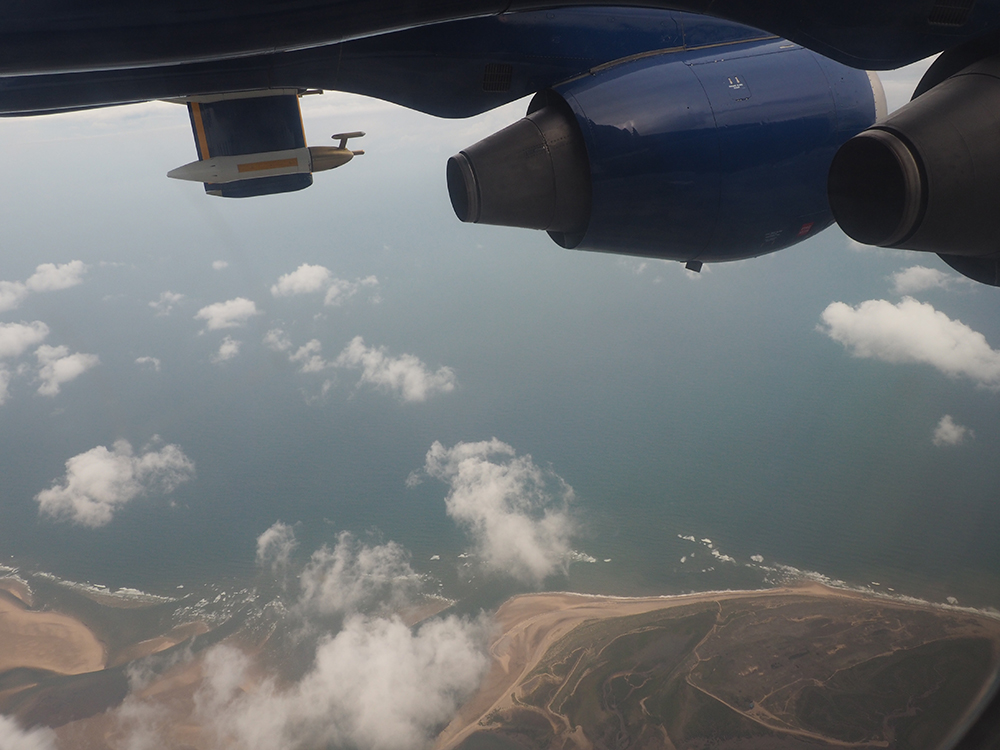
The FAAM aircraft took to the skies over the North Sea and Norfolk for its first science mission after six months spent mostly in the hangar.
The purpose of the post-lockdown mission was to test instruments on board the airborne laboratory, in particular the probes that measure temperature and a newly installed pressure sensor.
Temperature and pressure are essential for understanding many different aspects of our atmosphere, including flux measurements, gas and aerosol concentrations, and relative humidity.
A reduced team, following new COVID-19 safety operating procedures, included flight manager Dr Hannah Price, cloud physicist Dr Graeme Nott, two pilots and two cabin crew.
The team required cloud-free conditions to make their measurements – which were difficult to find during British summer! Clear patches were found at 14,000 ft and 16,000 ft after flying through entwined layers of cloud, but the best conditions were found at higher altitudes.
At 35,000 ft, nearly the highest altitude that the aircraft can achieve, the team collected data that will be analysed over the coming weeks.
Making temperature and pressure measurements while flying at 200mph creates a number of challenges for scientists, as the air flow around the aircraft alters nearby pressure and warms up the temperature probes.
Dr Hannah Price discusses these challenges and the ways that scientists can make measurements as accurately as possible in her recent video – How do scientists measure temperature and pressure while flying through the skies at 200mph?
